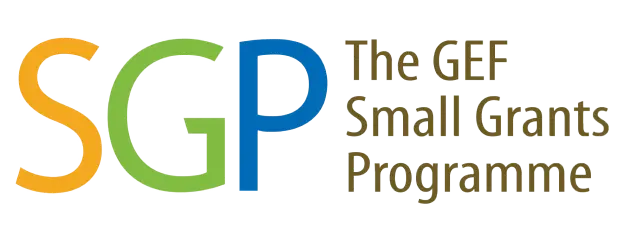Marsudi Lestantun
(Marsudi INS/SGP/0P6/Y2/STAR/BD/18/045)
Objective 1
Marsudi Group Nursery

Figure 1.1: Marsudi Group Nursery in UPT SP3 Saritani Village, which is used as a storage place for aid seeds and seeds sown independently by the group before being distributed to the land of each group member (April 2020).

Figure 1.2: Plant seedling activities carried out independently by the Marsudi Lestantun group (April 2020).
Objective 2 :
Sustainable land management using the Frequent Terrace method
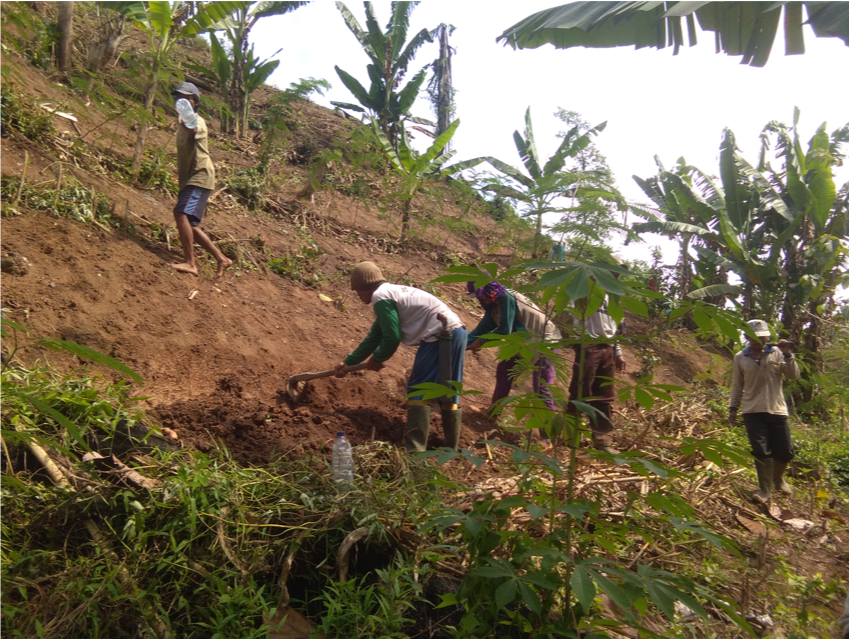
Figure 2.1: Collaboration activities on sloping land by members of the Marsudi Lestantun Group to manage the land so that it can be used sustainably using the frequent terrace method, which is usually done once a week, precisely on Thursdays. (October, 2019).

Figure 2.2: Results of collaborative activities on sloping land. When the farmers belonging to the Marsudi Lestantun Group finished terracing, it looked like a raised bed which had the function of preventing erosion when it rained. (October, 2019).
Objective 3:
Mixed crop system on land
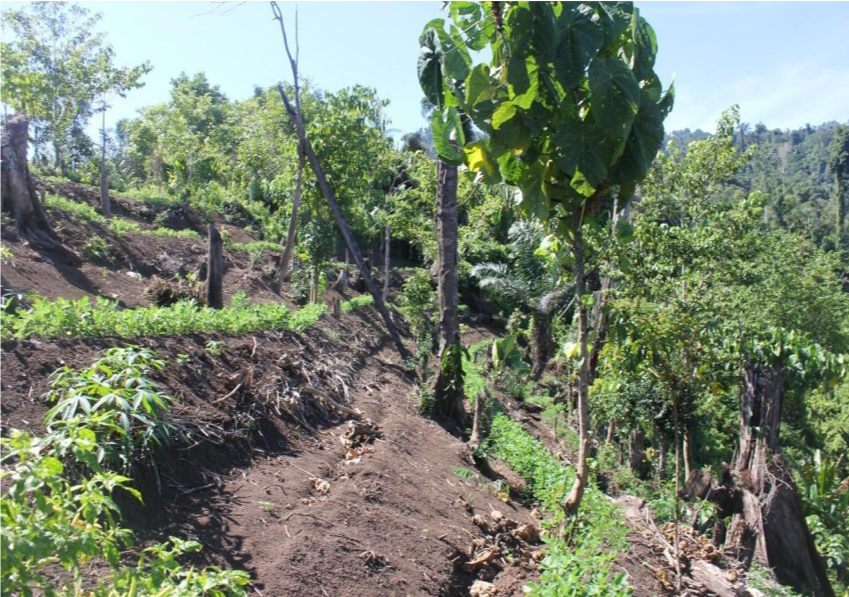
Figure 3.1: The land of one of the farmers belonging to the Marsudi Group who has implemented mixed crops on the land. In the picture, the land shows more visible annual plants and trees as buffers for the land. Meanwhile, annual plants have just been planted so they are not as conspicuous. (March, 2020).
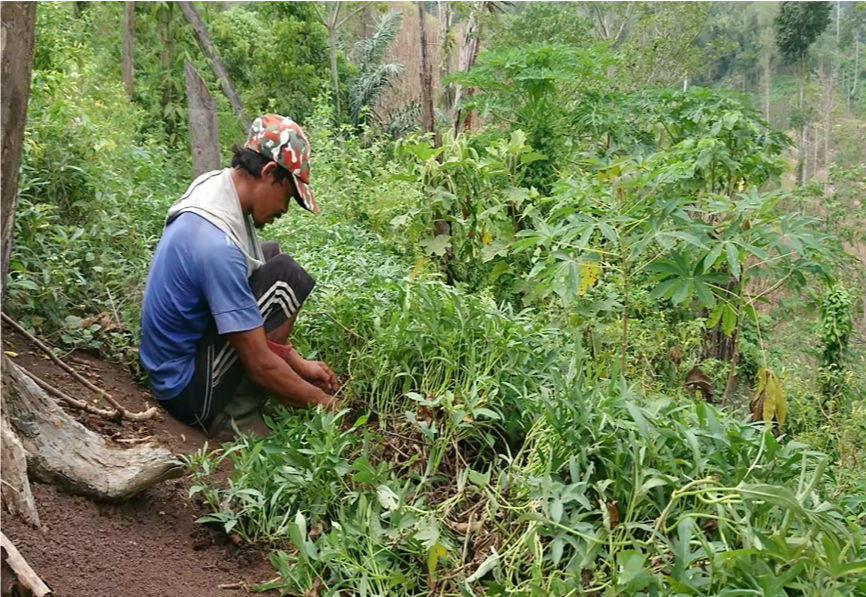
Figure 3.2: Harvesting activities of seasonal crops, namely sweet potatoes, carried out by a farmer member of the Marsudi Lestantun Group named Mas Budi, on land that has implemented mixed crops. (March, 2020).
Objective 4:
Training on processed food products and publication of Marsudi Lestantun's activities
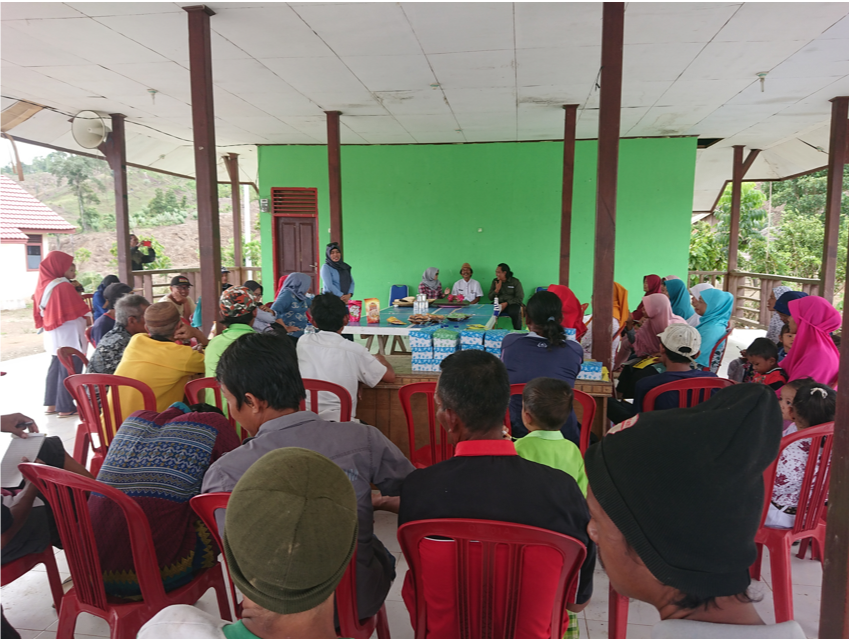
Figure 4.1: Processed Products training activities for residents at UPT SP3 carried out by Marsudi Lestantun and Japesda, in this activity not only the theory is explained but directly the practice. (March, 2020).

Figure 4.3: Photo taking process by one of the local TVRI media crew on the land of farmers belonging to the Marsudi Lestantun group when the Royongan activity was about to be carried out. (March, 2020).

Figure 4.2: The response of the community, especially women, to the Processed Products Training was very high, because the practical emphasis was placed on this activity. (March, 2020).

Figure 4.4: Picture taking process by one of the local TVRI media crew during the finished processed product training activity process which has begun. (March, 2020).
PROJECT IMPACT
- The Marsudi Lestantun group received full attention from the UPT by providing several assistance such as a water pump machine, wooden blocks used to renovate the nursery, tarpaulin, and pipes and paranets.
- The interest of farmers who were previously not interested in managing land sustainably using the frequent terrace method arose, they often did terraces in their own way, such as one of the translocal farmers who made terraces from wooden bodies to hold the soil so that it does not erode, these farmers really want their land to be like land. one of the members, Marsudi Lestantun, whose impression is quite good to look at.
- Sustainable land management activities are carried out by Marsudi Lestantun, and are known to BPDAS-HL. When Marsudi Lestantun submits a request for seeds, he will definitely get the seeds that have been submitted with a fairly quick response.
- The UPT collaborated with the Marsudi Lestantun Group in advancing the agricultural sector, which is the main livelihood sector for the SP3 community, after the GEF-SGP program ended.
Impact of Activities
- With this program, it opens the eyes of farmers who carry out monotonous activities in planting monoculture crops on land so that in the future it has a negative impact on the land and the environment such as erosion and landslides, because in general the land in UPT SP3 Saritani Village is sloping land.
- The UPT SP3 community, especially women and farmers' wives, can produce processed products, with the aim of increasing the selling value of natural products at UPT SP3. One example is sweet potato chips and banana chips.
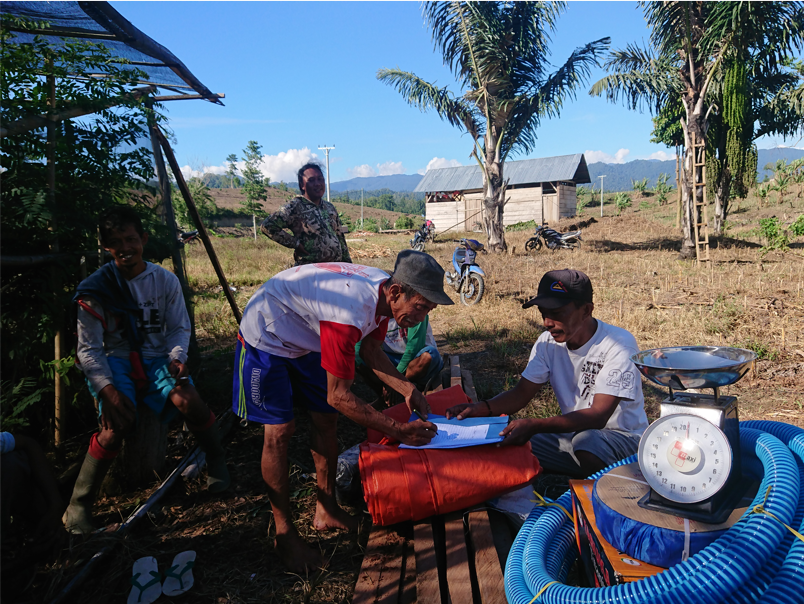
Figure D1: process of handing over agricultural tools provided by the Settlement Unit 3 Transmigration Management Unit to the Marsudi Lestantun Farmers Group to assist with group activities (April, 2020).
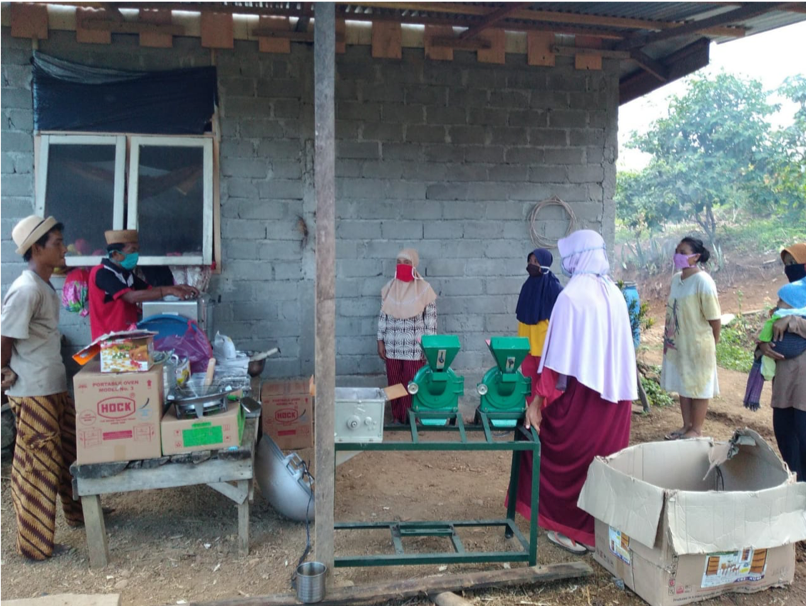
Figure D3: Procurement of equipment for the production of finished products after training activities on finished products by the Marsudi Lestantun Group (Mey, 2020).
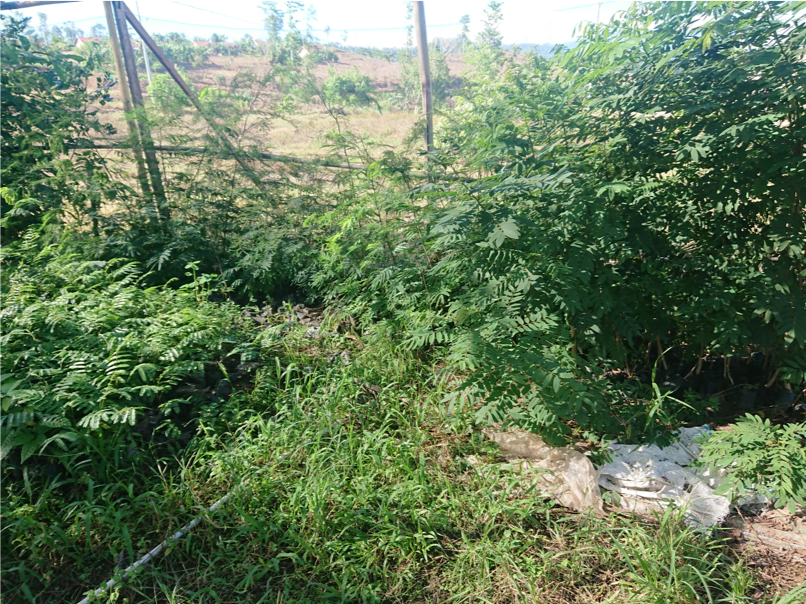
Figure D2: Lantoro Tree Seedlings from BPDAS-HL assistance from Gorontalo Province (April, 2020).

Figure D4: Land that is not managed in a sustainable and monotonous manner with monoculture crops which can have a negative impact on sloping land (August, 2019).
BEST EXPERIENCE
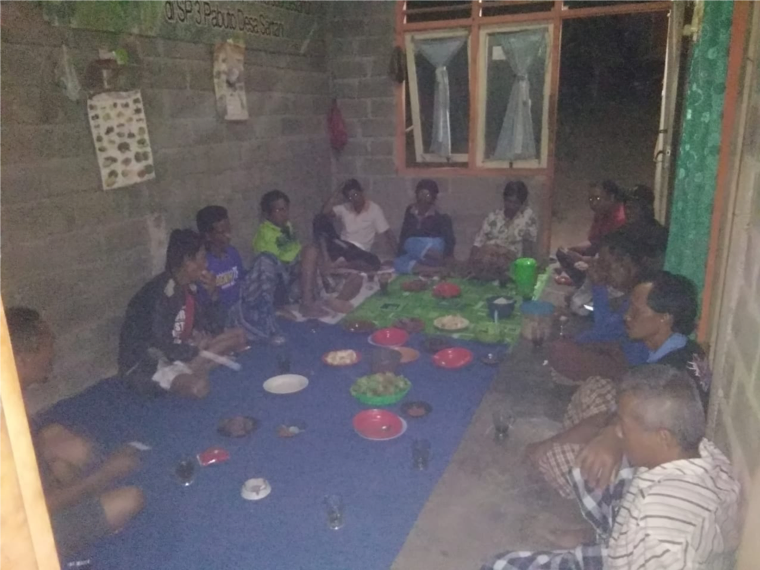
Figure P1: Marsudi Lestantun Group Deliberation which agreed to continue land management activities in a sustainable manner even though the GEF-SGP Program and assistance by the Japesda Association had ended (April 2020).
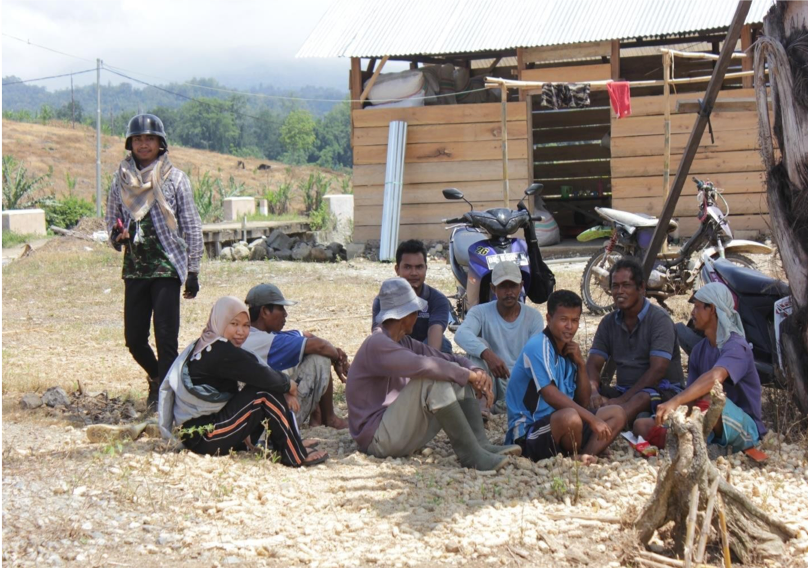
Figure P2: the presence of 4 students from Gorontalo State University who had become volunteers during short holidays from college, to learn about the lives of farmers in remote areas. One of them conducted research for his thesis regarding monoculture plants on sloping land at UPT SP3 Saritani Village (January, 2019).
PROJECT SUSTAINABILITY
- Joint sustainable land management activities and a mixed crop system by the Marsudi Lestantun group called Royongan will continue to be carried out even though the GEF-SGP program and assistance from the Japesda Association have been completed.
- Business support equipment is maintained and maintained and used efficiently to help produce processed food from natural products at UPT SP3.
Media and Publications
